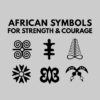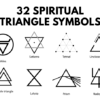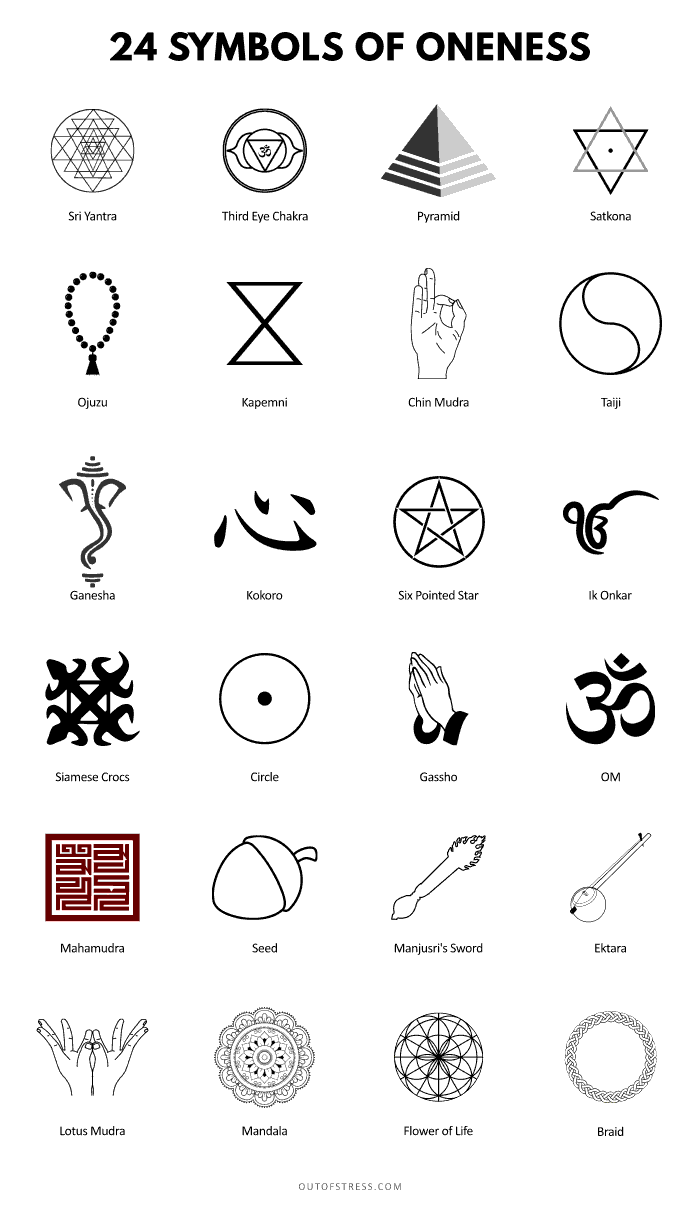
Unifying with the divine is an integral part of any spiritual journey. There are different ways to accomplish this, with the Hindu faith putting forth two main philosophies on the subject. Dvaita, known as dualism, separates out your consciousness from the divine. You are two distinct entities, and the path of enlightenment involves becoming closer to that holy entity. Eventually, you will merge with it.
Advaita philosophy assumes you are already one with the divine—you just don’t know it yet. Your path to enlightenment involves removing spiritual blockages to uncover, celebrate, and truly become the divine within yourself. In becoming the divine, you will merge with the universe and reach enlightenment. You will be omniscient and omnipresent, all-knowing and all-powerful.
These two schools of thought aren’t exactly the same, but they both rotate around the concept of rectifying dualities. Each opposite comes together, meeting to become one. This oneness is the state of enlightenment we all hope to reach. Universal and sacred, it is the embodiment of love, trust, and compassion. In this article, let’s take a look at various symbols of oneness to see what this idea can look like for different cultures around the world.
1. Gassho
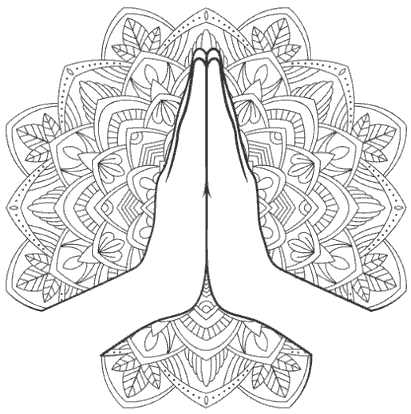
Gassho is a Japanese word literally translated to mean “palms pressed together”. A Gassho gesture is the same position that many religions rely on when praying. Indian Buddhists and Hindus call it Añjali Mudrā, and often use it while greeting each other. The Gassho, accompanied by a bow, is a sign of mutual respect and coming together.
When used as a greeting, the two palms represent the coming together of the two people who are meeting. When used in prayer or meditation, the two hands are said to represent all dualities in the universe. Masculine and feminine, dark and night, Samara and Nirvana, and other opposites. By pressing the hands together, we rectify these dualities. We become one, with unified purpose and mutual love.
2. Ik Onkar
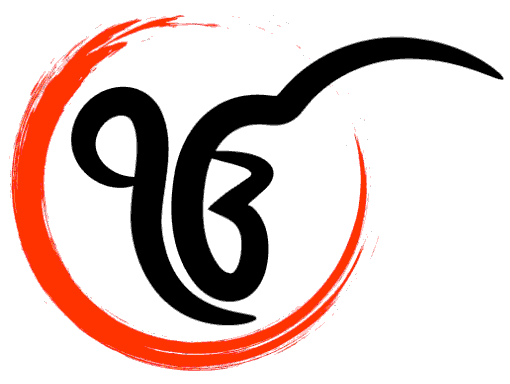
Ik Onkar is an essential symbol in Sikhism. Literally translated from Punjabi as “there is only one god”, Ik Onkar is the first line of text in the Sikh holy book. The corresponding symbol represents oneness in the context of religious identity. It is often displayed in Sikh homes and in community Gurdwara (the Sikh houses of worship).
The Ik Onkar identifies the importance of Sikh monotheistic beliefs, but it also highlights the deeper meaning of such a system. Ik Onkar emphasizes not only oneness in religion but oneness in humanity. It embodies the sense that all humans are created equal, and each is part of a larger whole that must stay unified to function properly.
3. Third eye chakra
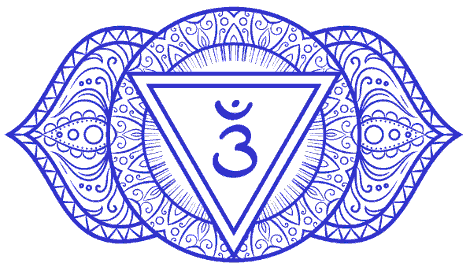
Our physical eyes allow us to see and make sense of the external world. But the ‘third eye’ which is an energy center located at the center of the forehead allows you to see beyond ordinary sight. When activated, it serves as a gateway to spirituality and enlightenment. It is through the third eye that you can connect with the divine or one consciousness. The third eye allows you to see beyond dualities and experience oneness with the supreme divine energy. This is why the third eye chakra is a symbol of oneness and non-duality.
Hindus often anoint this area (center of forehead) with a red dot known as a ‘bindi‘ to honor this chakra. Bindi is derived from the Sanskrit word ‘bindu‘ which means a single point. The bindi also represents oneness and serves as a reminder to always take time to let go of the external word and focus inwards to become one with God or supreme consciousness.
4. Braid
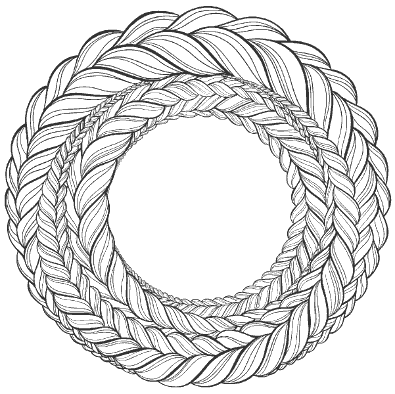
You’ve no doubt seen a braid before. This popular style involves taking three separate strands and weaving them together into one long strand. It is often used for fashioning hair or jewelry, and can be altered to include four, five, six, or even more strands. For native Americans, the long braid of hair symbolizes connections and oneness in the tribe. Each strand represents past, present, and future, respectively.
By intertwining the braid, we recognize the impact of our actions, thoughts, and feelings on our lives and the community, promoting a sense of oneness within the group. Jewish tradition calls for the baking of a special braided bread called a challah bread. The challah can have many strands. It represents the ties that bind community together, and the oneness we feel with the divine while engaging in religious practices.
5. Sri Yantra
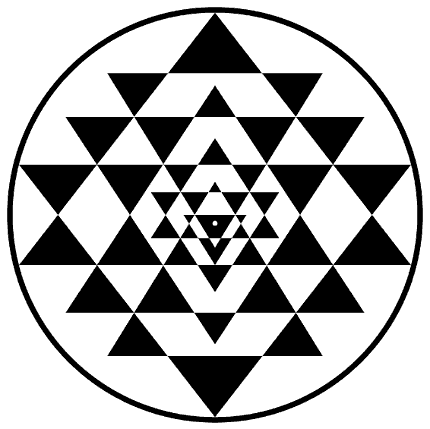
Sri Yantra is a sacred Hindu symbol that represents both the dual and non-dual aspects of the universe. It is made of interlocking triangles – 4 facing upwards representing masculine energy and 5 facing downwards representing feminine energy. In the center of the Sri Yantra is a single dot that represents the merging of dualities. The dot represents oneness and the totality of the universe – that everything came out of this one energy and goes back into this one energy.
6. Funtunfunefu Denkyemfunefu
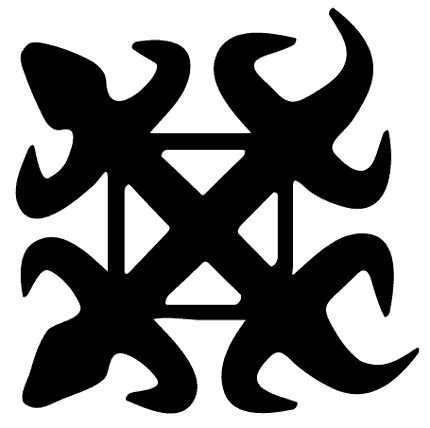
This mouthful of a phrase translates as “Siamese crocodiles”. The symbol features two crocodiles adjoined at the stomach, and it is a popular symbol for the Adinkra people of west Africa. Crocodiles are usually solitary creatures. They compete for food and have a tendency to get territorial when crossed. But what if they had to work together?
The Funtunfunefu Denkyemfunefu forces them to do just that. In the depiction, the two crocodiles share a stomach. They must eat to live, but in eating, they feed each other as well. This symbolizes unity between different tribes and democracy in the government system. The ultimate unity is equality, with each person having a voice in community matters.
7. Taiji
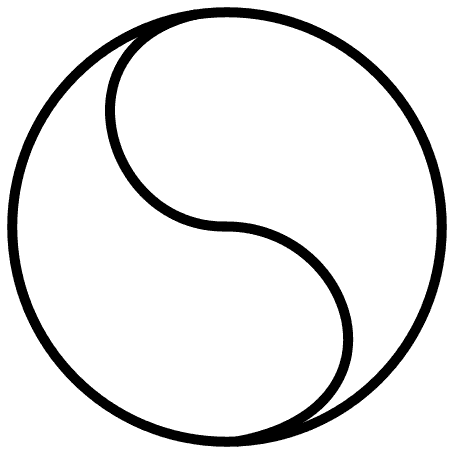
You’ve seen the Yin Yang symbol before, and likely know it as a characterization of the world’s interconnected dualities. But did you know that this symbol originated from the universe’s inherent unity rather than opposition? The Yin and Yang are energetic forces that complement each other, but they both sprang from an initial energy known as Taiji.
Also sometimes called Tai-Chi, Taiji is an ancient Chinese philosophic term. It is used to describe the supreme, ultimate state of being. Taiji came before Yin and Yang, and it is the single energy from which all dualities flow. It is also the final energy, which will exist after the dualities are corrected. Many Daoist practitioners aim to reach this ultimate state of being, wherein all dualities are merged and the universe becomes one once again.
8. Pyramid

The pyramid is a structure we can all recognize. Appearing among the ruins of nearly every civilization we’ve uncovered, the pyramid is a testament to the strength and skill of ancient peoples the world over. But it also has another special meaning—one of unity, spirituality, and enlightenment. The shape of a pyramid is based on sacred geometry. It involves a strong base which represents individuality, and a point on top which represents oneness and unity.
As each side of the base rises up to form a single point at the very top, the pyramid demonstrates that individuality cannot grow or stand without unity to support it. Though we all start from the lowest common denominator at the bottom, we can rise and unify with each other and the divine. We can attain spiritual enlightenment by working together.
9. Seed
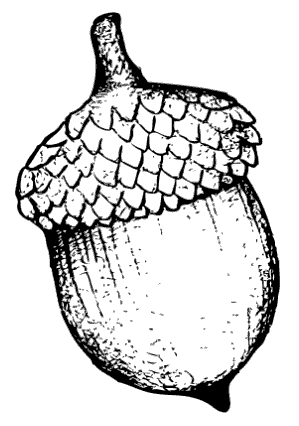
The seed is an essential part of our lives. Much of what we eat comes from seeds, which can sprout a variety of delicious fruits and vegetables if given enough time and care. But even though it is so vital, the seed remains a compact mystery. It is such a tiny element, yet it contains within it everything that is needed for growth of gigantic proportions.
The seed encompasses all. It represents the oneness that comes before the dualities and the unity that evolves from the correction of those dualities. The life cycle of a rich and colorful plant begins with a single seed, and often ends with the production of more seeds. In this way it is comparable to Taiji — both the beginning and ending, a blissful oneness.
10. Kapemni

The Kapemni is a Lakota tribal symbol featuring one triangle inverted atop another to form an hourglass shape. Its figure is both simple and meaningful. Many associate it with the Lakota practice of cartography and their habits of studying the solar systems. Its shape describes the saying, “as above, so below”. It indicates the interconnected relationship between our earth and the stars above.
The Kapemni holds meaning in other cultures as well. In Ghana, the symbol contains a horizontal line through the middle. It represents the oneness of a family and the union between man and woman. The man is the bottom triangle and the woman is on top. The line between them represents the fruit of their union, a child.
11. OM
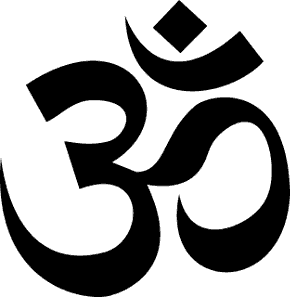
The Om is one of the world’s most famous symbols for oneness. At its core, Om represents the unity in all things—it is the idea that humanity, the earth, the divine, and the universe are all different faces on one eternal entity. Om is both symbol and sound, sacred and ordinary. It is commonly used by Hindus, Buddhists, and Jains, who chant Om during prayers, rituals, and yoga practices.
Om makes any practice more powerful. It is said to represent the voices of all things crying out in unison, adding universal intention to any practice. Om is thought to be the sacred sound vibration of the universe, chanted at a divine frequency which unites any and all matter. In wider practice, the Om represents the absolute divine itself. It is both a symbol of connectivity and a supreme state of being we know as enlightenment.
12. Lord Ganesha
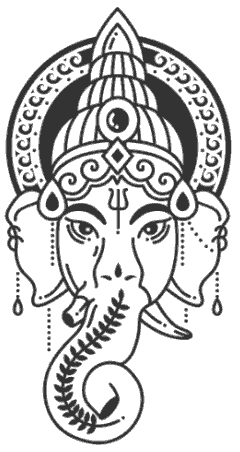
Ganesha is a popular Hindu god with the head of an elephant and the body of a human. If you look closely at Ganesha’s Idol you will notice that he only has one task. The other tusk is broken. This is why he is also known as, EkaDantam in Sanskrit which translates to ‘One-Tusked‘. The one tusk of Ganesha represents non-duality and oneness.
Ganesha also symbolizes wisdom and being wise he is able to see the oneness in everything and how everything is intricately connected.
13. So Hum Mantra

‘So Hum’ is a Sanskrit mantra that means – ‘I’m That‘. This mantra according to Vedic philosophy is a way of identifying oneself with the universe, the divine and everything there is. When you are reciting this mantra, you are reaffirming to yourself that you are one with the divine. Slowly, as your meditative state deepens, your ego dissolves and you experience the oneness with the divine.
14. Mala beads/Ojuzu (Buddhist prayer beads)
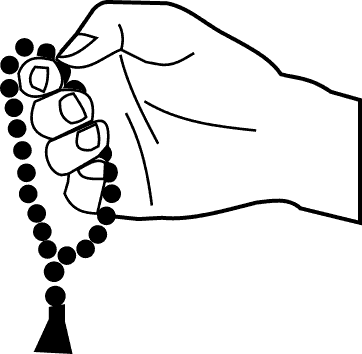
Mala beads represent oneness because for one, the shape of the mala is circular and secondly each bead is connected to the other via a common string that passes through them all. This symbolizes interconnectedness and the cyclic nature of the universe. It also symbolizes oneness, both with the divine and with each other.
15. Circle

A circle has no end or beginning and hence is the perfect symbol for non-duality or oneness. Also, every single point from the circumference of a circle is located at the exact same distance from the circle’s center. The center of the circle can be viewed as the divine (or one consciousness) and the circumference the universal consciousness.
The circle also represents eternity, wholeness, connection, balance, enlightnment and cyclic nature of the universe.
16. Chin mudra
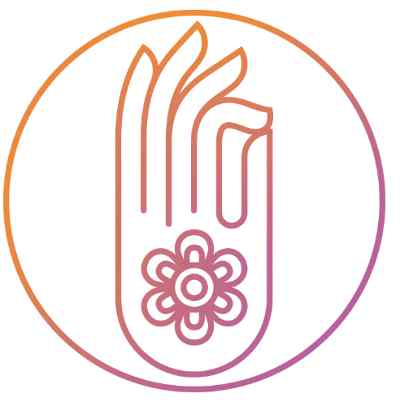
A mudra is a hand gesture used during meditation. In Chin (or Gyan) Mudra, which is one of the most common mudras in yoga, you join the tip of your thumb to the tip of your forefinger to form a circle. The forefinger symbolizes the universe whereas the forefinger symbolizes the self. Thus their coming together symbolizes union of self with the universe or oneness.
17. Five pointed star: The 5-pointed star

A five pointed star is a sacred pagan symbol that symbolizes the five elements. The top corner of the star represents the human spirit whereas the other four corners represent the elements of fire, water, air and earth. Thus the five pointed star represents the coming together of all these elements to create life and everything that exists in the universe. It also represents the intricate bond shared by living beings and mother nature.
18. Tassel
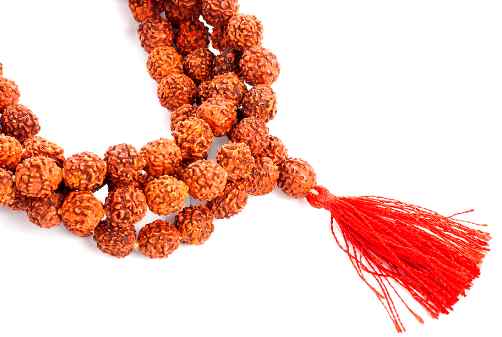
Earlier we saw how mala beads are symbols of oneness. A Tassel that is an essential part of a mala bead is also a symbol of oneness. Tassels serve the purpose of anchoring the mala’s string at the end of the main/guru bead. So a Tassel contains many individual strings that get tied together as a single string that passes through all the beads to form the mala. This represents our connection to the divine and interconnectedness of all reality.
Tassels also symbolize power, protection, life energy, consciousness and spiritual connection.
19. Ektara
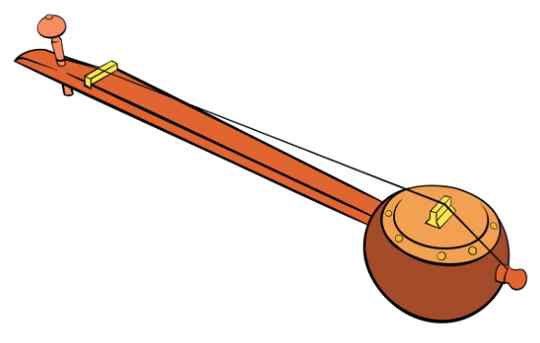
Ektara is a single stringed musical instrument used in many parts of India and Nepal by Yogis and holy men. It is generally played while reciting prayers, reading holy books and during religious ceremonies. ‘Eka’ in Sanskrit means, ‘One’ and ‘Tara’ means, ‘string’. So the word Ektara translates to One-Stringed. Because it is single stringed and since all the notes come out of this single string, it represents oneness.
20. Manjusri’s sword of discriminating wisdom
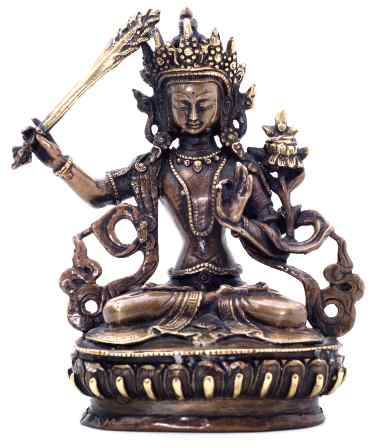
Manjusri is a bodhisattva (one who has attained Buddhahood) who is often depicted wielding a flaming sword in his right hand and a lotus in his left hand. The flaming sword is said to represent wisdom that is used to cut through the illusion of duality and ignorance and pave the path towards higher realization and enlightenment.
Some texts also point out that one edge of his sword represents duality as perceived by the mind and the other edge represents oneness and single pointed concentration. So in a way, the sword represents a balance between these two states of existence.
21. Six Pointed Star
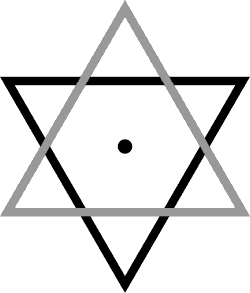
The six pointed star known as ‘Satkona’ in Hinduism is a symbol of non-duality as well as duality. It features two triangles – one facing upwards representing the divine masculine and one facing downwards representing the divine feminine or Shakti. The resulting star that gets formed through the merging of these triangles symbolizes oneness. Similarly, the dot present in the center of the symbol also represents oneness.
22. Kokoro
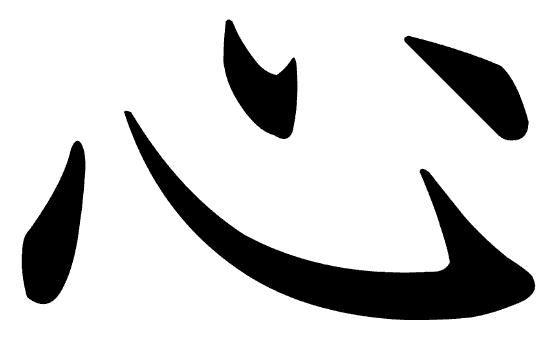
There is always a conflict that exists between the mind and the heart. But as one advances in spirituality and becomes more aware, the conflicts begin to dissolve. This state of balance between the heart, mind and soul is represented by the Japanese word – Kokoro. This word or concept is used to signify the unification of the heart, mind and sprit and hence makes for a good symbol that can be used to represent oneness.
23. Mahamudra
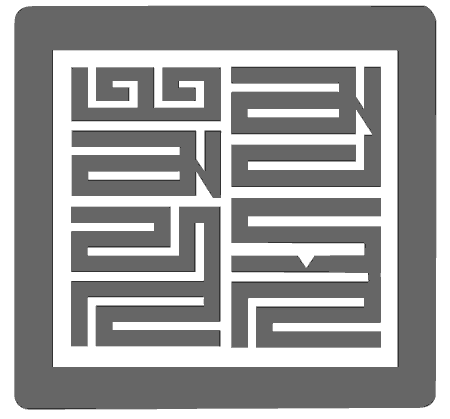
Mahamudra is a Sanskrit word literally translated to mean “the great seal”. Meditating upon the Mahamudra is said to free the mind of all illusions created by the ego. One realizes the true nature of reality which is oneness – that everything is connected and everything arises from a single consciousness.
In tantric Buddhism, Mahamudra is used to symbolize the final and ultimate goal — the union of dualities. This is demonstrated in tantra by the physical union between man and woman, but the acts described and pictured in the tantric scriptures are also a metaphor. By unifying and rectifying all apparent dualities, we can come together as one and enter enlightenment.
24. Root
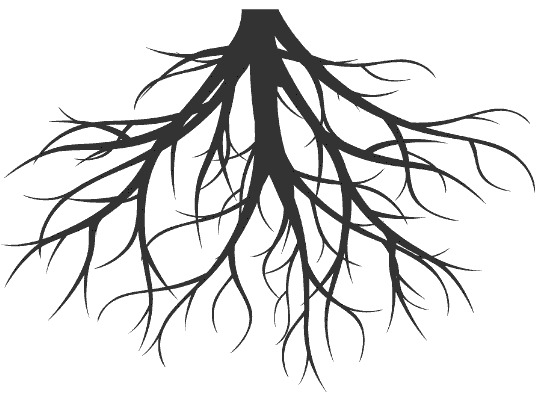
The roots of a tree are a vital part of the plant. While the leaves stretch away from the ground, signifying independence and individuality, the roots dig deep into the soil. They represent interdependence and oneness with the earth. Arguably, the roots are the most important part of a plant. Indeed, many plants do not even have leaves—but almost all of them have roots.
The root is intertwined with the earth or water where it lives. It cannot extricate itself, nor should it. The root draws in nutrients from its surroundings, nourishing the plant and allowing it to live. Without that oneness with the earth, the plant would die. This helps us understand our own relationship with the universe. We rely on the divine, our peers, and our earth to give us strength. We cannot break away, for it is that unity and support which allows us to flourish.
Conclusion
Oneness is the ultimate goal. However, the path to unification is not linear. At times, your progress may be impeded by earthly desires, tricky thoughts, and bad feelings. When you need a bit of extra motivation, fill your home with these symbols of oneness. They will help you stay focused on the journey to spiritual happiness and the goal of enlightenment you seek.




